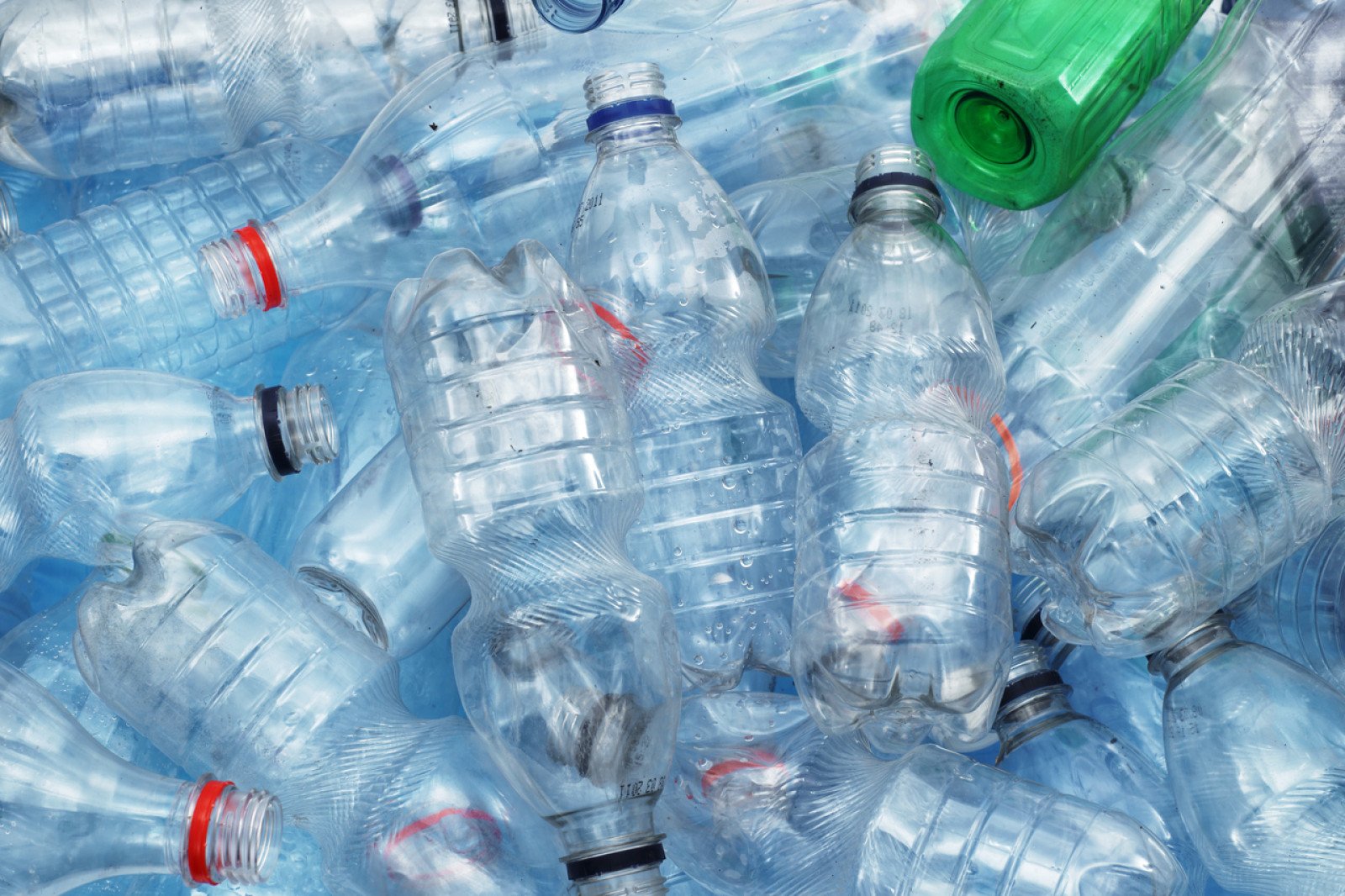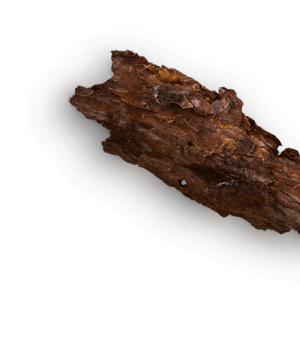What really happens to the plastic you throw away?
We’ve all been told that we should recycle plastic bottles, but what actually happens to the plastic if we just throw it away?

Overview
Students will watch about a video about three plastic bottles from when they were manufactured to ending at a landfill, ocean or being recycled into a new product. In groups, they will summarize one bottle's journey and discuss with the class about the video's message.
Instructions
What you'll need
- Chart paper
- Pens
- "What really happens to the plastic you throw away" worksheet
Start with what you know
- Select a few items from the recycling bin to show students. Ask why they are in the recycling bin and not the garbage.
- Have students turn to a partner and discuss how they think plastic bottles affect the environment.
- Invite pairs to share their thoughts and jot down ideas on the board.
Watch the video
- Hand out copies of "What really happens to the plastic you throw away?" worksheet.
- Show students the video and ask them to make notes. You can stop the video after each bottle’s story so students have time to write.
- Briefly recap the three scenarios:
- Bottle #1 is thrown into the trash
- Bottle #2 ends up in the ocean
- Bottle #3 is placed in a recycling bin
Choose a scenario
- In small groups, have students choose one of the scenarios to retell.
- Show the video again so students can add even more to their notes.
- Have the groups visually summarize their chosen scenario in their own style for example:
- Storyboard
- Flow chart
- Comic strip
- Everybody take a gallery walk to view each group’s summary.
Discussion
- Facilitate a whole class discussion about the video and its message about recycling plastic bottles.
- What is the key message?
- How do plastic bottles affect the environment?
- What can we do to help the environment?
Modify or extend this activity
- Create storyboards for a video about how we can help the environment.
- Connect ideas from this video to "Sustainability and you" and "Energy and the environment".
Curriculum Fit
Grade 5 Science
Content
- Local types of earth materials
- The nature of sustainable practices around B.C.’s resources
Curricular competencies
Questioning and predicting
- Demonstrate a sustained curiosity about a scientific topic or problem of personal interest.
Evaluating
- Identify some of the assumptions in secondary sources
- Demonstrate an understanding and appreciation of evidence
- Identify some of the social, ethical, and environmental implications of the findings from their own and others’ investigations
Communicating
- Communicate ideas, explanations, and processes in a variety of ways
Grade 7 Science
Content
- Evidence of climate change over geological time and the recent impacts of humans
Curricular competencies
Questioning and predicting
- Demonstrate a sustained curiosity about a scientific topic or problem of personal interest.
Evaluating
- Demonstrate and awareness of assumptions and bias in their own work and secondary sources
- Consider the social, ethical, and environmental implications of the findings from their own and others’ investigations
Assessments
- Assess student participation in the class discussion, their willingness to contribute ideas and opinions.
- Collect the group visual summaries to assess student understanding of the video.
Teaching Notes
Plastic is made from oil and gas (natural resources that are extracted from the ground). Many plastics that are used to make every day products can be recycled, such as Polyethylene Terephthalate (PET) which is used to create water, juice and pop bottles. This type of plastic can be recycled and used to make new products.
The use of plastic products can harm wildlife and enter the food chain. The Great Pacific Garbage Patch and others contain large amounts of garbage and plastic that aren’t biodegradable. Smaller marine animals contain pieces of plastic that have broken down into tiny pieces because they mistake it for food.
When fish eat plastic, it enters the food chain because larger fish eat the smaller fish (containing plastic) and we humans eat the larger fish, like tuna.
Recycling is an important way to reduce the amount of plastic that ends up in landfill sites and the ocean. Reducing our use of plastic and switching to reusable products such as refillable water bottles also reduces the amount of plastic in the environment.






